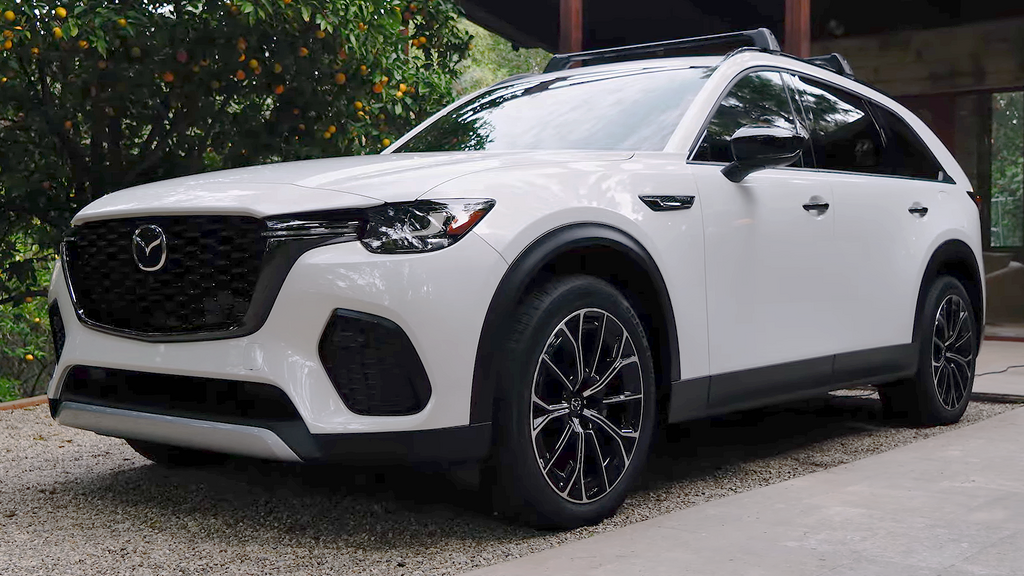Understanding Crossovers: A Complete Guide to Multi-Purpose Vehicles
Crossover vehicles represent one of the most significant automotive innovations of recent decades, combining the practicality of SUVs with the comfort and efficiency of passenger cars. These versatile vehicles have revolutionized the automotive market by offering drivers the perfect balance between functionality, style, and performance, making them an increasingly popular choice for modern families and urban professionals.

Key Benefits of Choosing a Crossover
Crossovers offer numerous advantages that have contributed to their widespread popularity. These vehicles typically provide excellent visibility, enhanced safety features, and flexible cargo space. Their higher ground clearance offers better road visibility and easier entry/exit compared to sedans, while their compact dimensions make them more manageable in urban environments than full-size SUVs.
Common Features and Technologies
Modern crossovers come equipped with advanced safety systems and convenience features. Standard equipment often includes forward collision warning, lane departure alerts, and adaptive cruise control. Many models also offer all-wheel drive capabilities, making them suitable for various weather conditions while maintaining better fuel efficiency than traditional SUVs.
Popular Crossover Models and Pricing
| Model | Starting Price | Key Features |
|---|---|---|
| Toyota RAV4 | $26,975 | Standard Safety Sense 2.0, Available Hybrid |
| Honda CR-V | $27,625 | Honda Sensing Suite, Turbocharged Engine |
| Mazda CX-5 | $26,700 | Premium Interior, Standard AWD |
| Hyundai Tucson | $26,450 | Modern Design, Extended Warranty |
Prices, rates, or cost estimates mentioned in this article are based on the latest available information but may change over time. Independent research is advised before making financial decisions.
Maintenance and Ownership Considerations
Crossovers generally offer reasonable maintenance costs compared to larger SUVs. Their car-based platforms often mean more accessible parts and simpler repair procedures. Regular maintenance includes oil changes, tire rotations, and brake service, similar to standard passenger vehicles. Many crossovers also feature good fuel economy ratings, helping to keep operating costs manageable.
Environmental Impact and Efficiency
The evolution of crossover vehicles has led to significant improvements in fuel efficiency and environmental performance. Many manufacturers now offer hybrid and plug-in hybrid variants, providing eco-conscious consumers with options that combine the utility of a crossover with reduced environmental impact. These alternative powertrains can significantly reduce fuel consumption and emissions while maintaining the versatility that makes crossovers popular.
A crossover’s blend of practicality, comfort, and efficiency continues to make it an attractive option for modern drivers. Whether used for daily commuting, family transportation, or weekend adventures, these vehicles offer a compelling compromise between traditional SUVs and passenger cars, adapting to various lifestyle needs while providing reliable performance and value.





